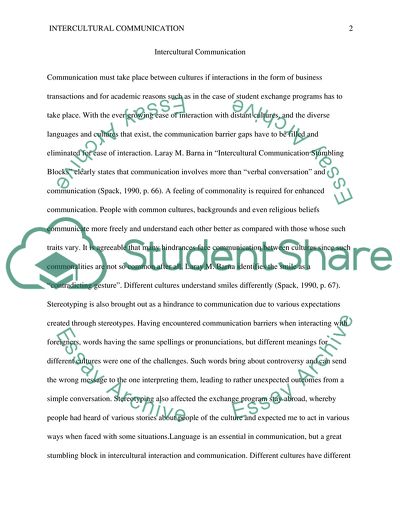Cite this document
(The Interaction of Cultures Case Study Example | Topics and Well Written Essays - 1250 words - 1, n.d.)
The Interaction of Cultures Case Study Example | Topics and Well Written Essays - 1250 words - 1. https://studentshare.org/culture/1845821-intercultural-communication
The Interaction of Cultures Case Study Example | Topics and Well Written Essays - 1250 words - 1. https://studentshare.org/culture/1845821-intercultural-communication
(The Interaction of Cultures Case Study Example | Topics and Well Written Essays - 1250 Words - 1)
The Interaction of Cultures Case Study Example | Topics and Well Written Essays - 1250 Words - 1. https://studentshare.org/culture/1845821-intercultural-communication.
The Interaction of Cultures Case Study Example | Topics and Well Written Essays - 1250 Words - 1. https://studentshare.org/culture/1845821-intercultural-communication.
“The Interaction of Cultures Case Study Example | Topics and Well Written Essays - 1250 Words - 1”. https://studentshare.org/culture/1845821-intercultural-communication.


